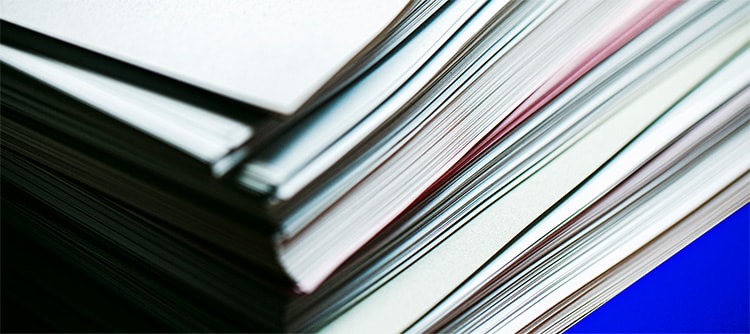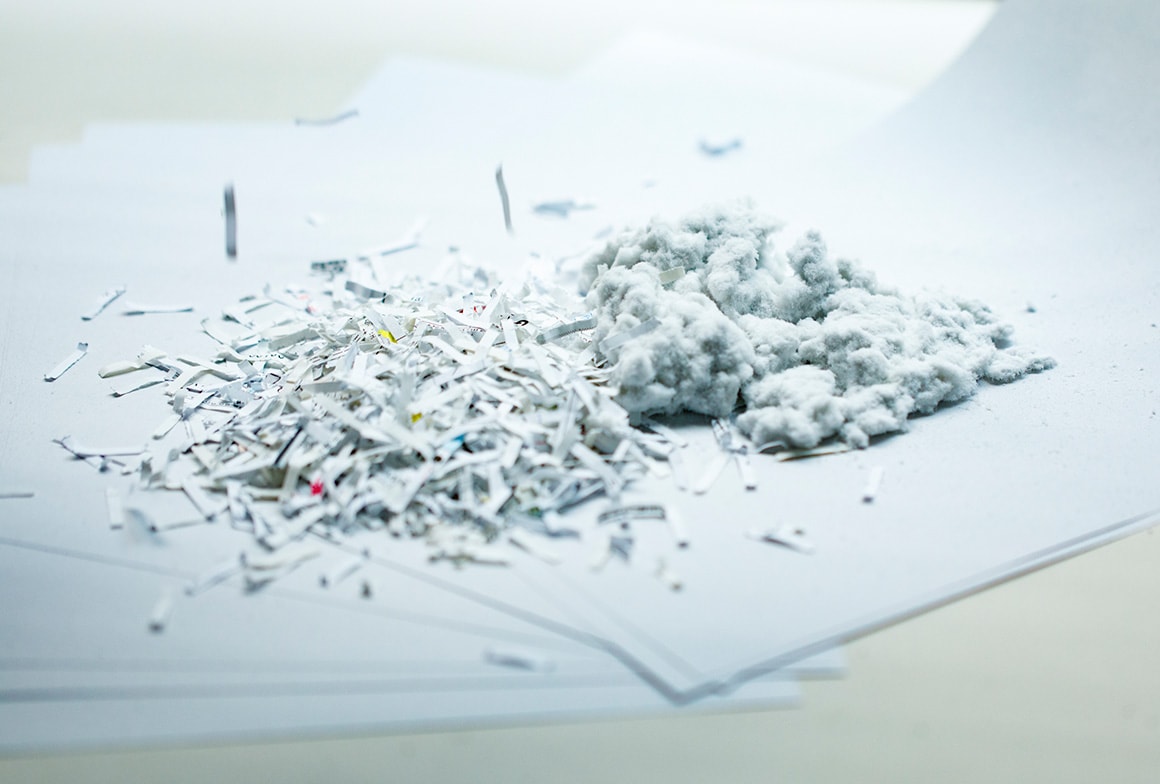EPSON EXCEED YOUR VISION
Article
Innovations thatenvision the future:
Dry Fiber Technology
Focusing on the issues
of printed paper:
Two perspectives that lead
to breakthrough in development
It was 2010 when then-president and representative director Minoru Usui told cast a question to the technical development team. He told them that there must be something a leading printing company like us can do about it.
This prompted Kazuhiro Ichikawa, then leader of the technology development team, to start visiting government offices, corporate offices, and financial institutions to observe how printed paper was being used and disposed of.
He found that most of the printed matter carried confidential information and that its disposal was outsourced to an outside contractor, incurring costs. Customers were not satisfied with the situation.
At the same time, he visited paper mills and industrial testing centers to conduct research from various angles, from paper manufacturing to recycling. He learned that large amounts of water are necessary to recycle paper while avoiding the risk of water pollution, and that wastewater treatment is expensive. Looking outside of Japan, he learned that not all regions have abundant water resources, adding to more challenges in paper recycling.
We discovered an opportunity for development that focused on closing the resource loop and protecting confidential information.
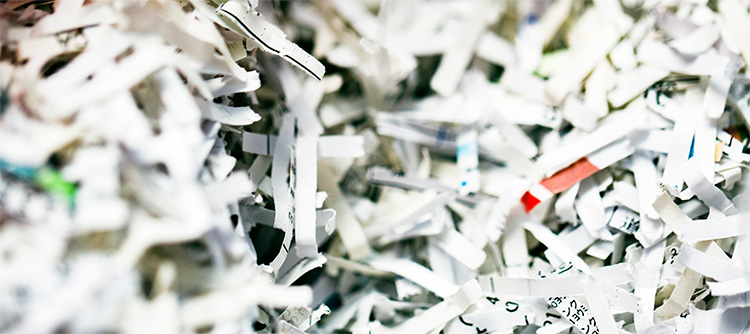
A new challenge:
Recycling paper
in a virtually water-free process
Once the challenge was identified, the technology development team focused on how to build a recycling method that uses virtually no water and yields high-quality paper.
However, it was a challenging goal to achieve. When they shred the paper too finely, the paper fibers were chopped, and high-quality paper could not be made. Trial and error continued. Even after more than 100 different experiments such as scraping paper with mortars and grinding them with mixers, no solution could be found.
The breakthrough came when Ichikawa tore off a piece of washi, traditional Japanese paper, with his fingers, and noticed that the fibers along the torn edges were loose and could be teased out. He thought that maybe it would be better to separate these fibers by loosening and untangling them instead of through a cutting, rubbing, or crushing process.
This idea led to the development of Epson's Dry Fiber Technology, which features a combination of processes in which used paper is defibrated (thus securely destroying all the printed information on a page) and new paper is produced from those fibers. To verify whether this technology would really be accepted by the market, Epson demonstrated PaperLab, the world’s first (Note2) dry process office papermaking system that can produce new paper from used paper using virtually no water (Note1) at Eco-Products 2015, the International Exhibition on Environment and Energy. The PaperLab became a big hit with the public.
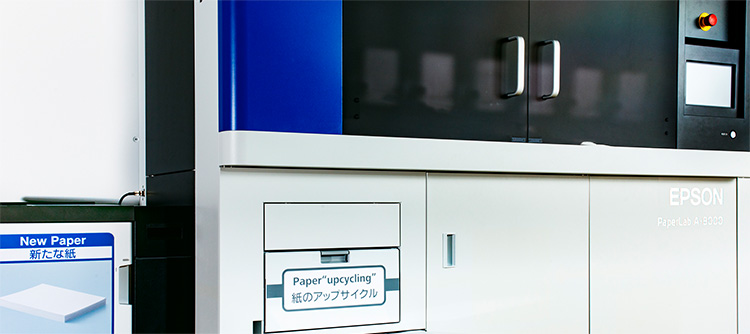
Opening up possibilities
for upcycling with
Dry Fiber Technology
“Dry Fiber Technology” not only defibrates, binds, and molds paper as needed for a given application, it also enables processing and treatment that were previously impossible, reducing waste and taking advantage of new material properties.
The PaperLab led to the creation of more than recycled paper; it also created new value. “Dry Fiber Technology” provides an upcycling solution rather than a recycling solution. It is precisely the type of social contribution Epson had always wanted to make.
Until now, recycling has often been viewed as something that returns something of lesser value, as not many recycling technologies were able to generate new value.
Epson, however, hopes to expand the culture of upcycling as a way to create new value.
By using “Dry Fiber Technology” to give value to what used to be disposed of as waste, we will reduce the environmental impact of manufacturing.
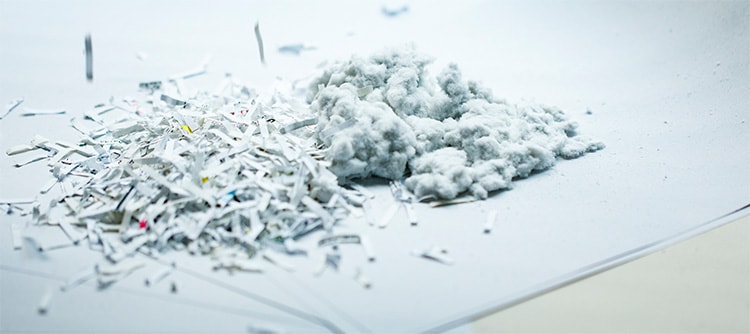
What can we do for the future?
Achieving sustainability
and enriching communities
Epson is currently working with like-minded partners to develop “Dry Fiber Technology” upcycling applications for a variety of materials in addition to paper.
We are also working on ways to use “Dry Fiber Technology” to produce new materials to replace petroleum-based materials such as plastics.
Epson will continue to develop technologies, products, and solutions that are sustainable and that enrich communities.
- Note1: A small amount of water is used to maintain humidity inside the system.
- Note2: Among all dry process office papermaking systems. Source: Epson's research conducted in November 2016
